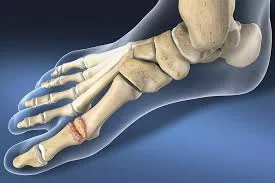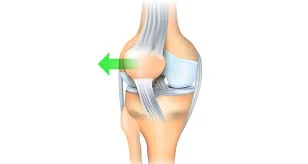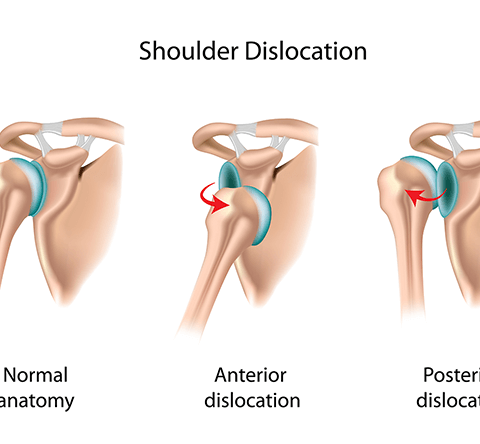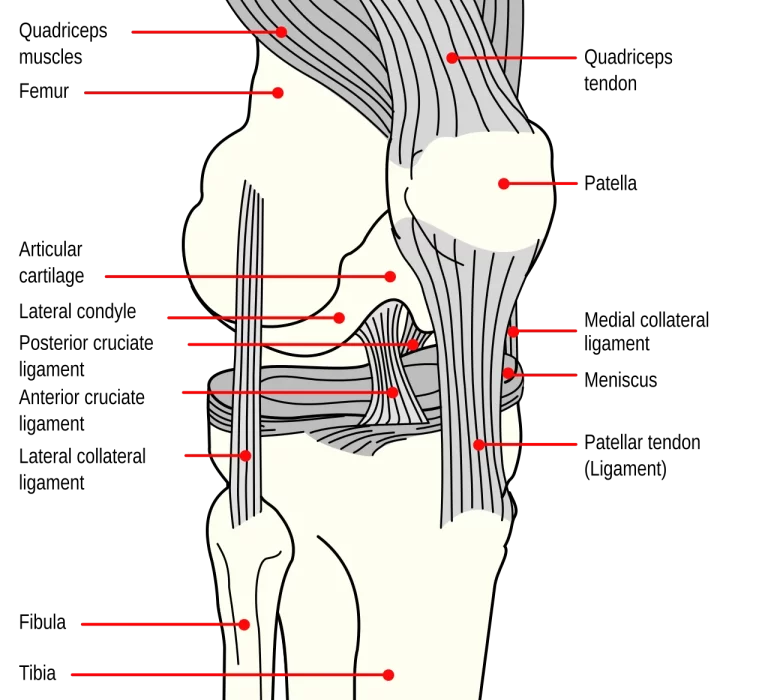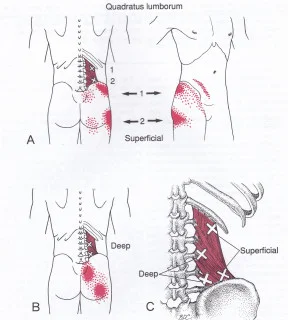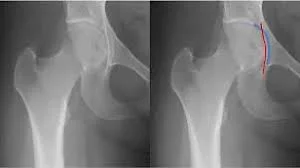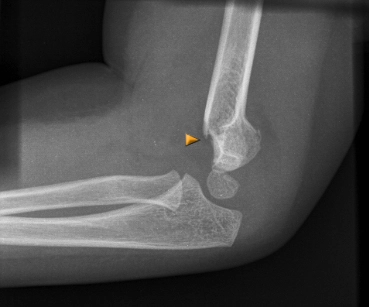Hallux Rigidus
Hallux Rigidus: What Is It?
Hallux Rigidus is a form of degenerative arthritis affecting the big toe joint (the first metatarsophalangeal joint). It leads to stiffness, pain, and limited motion, particularly during walking or activities that require toe bending.
Over time, bone spurs may develop, worsening the stiffness. Treatment options range from conservative approaches, such as footwear modifications and physical therapy, to surgical interventions in severe cases.
This condition may be very annoying and even incapacitating because people depend on the big toe for walking, stooping, climbing, and even standing. Although they both affect the same joint, many patients mistake hallux rigidus for a bunion, which calls for a distinct course of therapy.
As a result of Hallux’s rigid progressive nature, the toe’s range of motion gradually diminishes. The disease is known as hallux limitus in its early stages when big toe mobility is only slightly restricted. However, when the condition worsens, the toe’s range of motion steadily diminishes until it reaches the last stage of rigidus, where the big toe stiffens or develops what is frequently referred to as a frozen joint.
Why does Hallux rigidus occur?
Although the exact etiology of Hallux rigidus is unknown, several risk factors have been found.
Risk factors consist of:
Being a woman. Females are more likely to have hallux rigidus. In a 2009 cross-sectional research on the demography of Hallux rigidus, women made up 66% of the 110 participants.
Family background. It seems that having a family member with the illness raises your chances of getting it yourself. This might result from inheriting a certain foot type or gait that can cause the disorder.
Abnormal anatomy of the foot. Your risk may be increased by foot structural abnormalities, such as an elongated or raised first metatarsal bone.
Injury. Hallux rigidus can be exacerbated by injuries like spraining the big toe joint or stubbing your toe.
Excessive use. Overuse of the big toe joint can result from frequent stooping and crouching. The problem is more likely to develop in people who work in particular occupations or play activities that put a lot of strain on the joints.
Certain health issues. Osteoporosis and inflammatory conditions such as rheumatoid arthritis and gout can cause hallux rigidus.
Signs and Symptoms of Hallux rigidus:
The following are early indicators and symptoms:
- Big toe pain and stiffness when walking, standing, bending, etc.
- Stiffness and pain made worse by damp, chilly weather
- Running and squatting are two activities that might be challenging.
- Inflammation and swelling surrounding the joint.
Additional symptoms might appear as the disease worsens, such as:
- Pain, even while you’re sleeping
- Having trouble wearing shoes due to the development of bone spurs
- dull lower back, knee, or hip ache caused by variations in your gait
- Limping (in extreme situations)
Diagnosis
A physical examination will be used by a healthcare professional to diagnose Hallux rigidus. They will measure how far you can bend your toe up and down and assess the range of motion in your toe joint. You may need to see a podiatrist, a medical professional who focuses on treating foot problems.
To obtain images of your foot and look for bone spurs, your doctor may use a foot X-ray.
Stages of Hallux rigidus:
Depending on how much hallux rigidus impairs your big toe’s range of motion, your healthcare professional may assign a grade. If your symptoms worsen over time, they may refer to these grades as stages. Grades of Hallux rigidus include:
- Grade 0: Compared to your other big toe, your affected toe can move 10% to 20% less.
- Grade 1: Your affected big toe will move 20% to 50% less.
- Grade 2: reduced mobility by 50% to 75%.
- Grade 3: 75% to 100% less mobility
- Grade 4: 75% to 100% reduced mobility and increased discomfort while moving the injured big toe.
Treatment of Hallux Rigidus:
The degree of your symptoms and the reason for your hallux rigidus will determine which therapy you require. Your healthcare practitioner may recommend:
Changes in footwear: Your MTP joint may feel less pressure if you wear shoes with lots of space for your toes. Stiff-soled shoes are a pain reliever. Have a narrow toe box and stay away from shoes that compress your toes, such as high heels.
Restricting the movement: To support and restrict the mobility of your big toe, your doctor could suggest over-the-counter (OTC) pads that you can insert into your shoe. Activities like jogging and playing sports that put stress on your toe joint may need to be avoided.
Pain relievers: Nonsteroidal anti-inflammatory drugs (NSAIDs), which are available over-the-counter, help lessen pain and swelling. You should speak with your doctor before taking NSAIDs for more than 10 days in a row.
Icing: You can alleviate your discomfort by applying cold packs or ice to your injured toe. To prevent applying a cold pack straight to your skin, wrap it in a small piece of towel. Find out from your healthcare practitioner how frequently and for how long you should ice your toe.
Corticosteroids: Corticosteroids are anti-inflammatory prescription drugs. Direct injections of cortisone into your big toe joint can be necessary.
Foot soaks: To reduce inflammation, your healthcare professional may advise soaking your feet in a contrast bath that alternates between hot and cold water. After 30 seconds in hot water, immediately immerse your foot in cold water for another 30 seconds.
Exercises for Hallux Rigidus:
Toe Pulls:
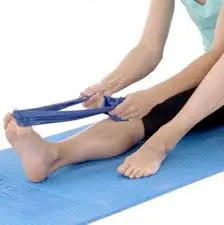
These will assist you in maintaining a normal walking pattern by increasing your mobility and stretching your big toe.
- Raise your aching foot on a chair and keep it still where your feet and toes touch.
- Flex your big toe down and softly draw it forward with your other hand. It should stretch you gently. Hold for ten to twenty seconds.
Extension Stretches:
When the big toe becomes stiff, this will assist. Stretching your big toe at a 90-degree angle (towards your ankle) is the goal of the exercises. Be patience; this might take a few weeks.
- Elevate your aching foot onto your other knee while seated in a chair.
- Pull the big toe back towards the ankle with the other hand while holding your heel in the other. Your foot should feel somewhat stretched along the bottom.
- For 15 to 30 seconds, hold this stretch.
Towel Curl:
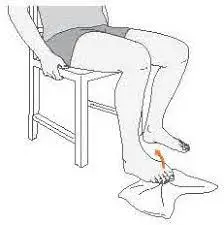
If you have limited toe mobility, you should avoid performing these exercises, which can help you strengthen your big toe.
- Take a seat comfortably. Put your injured foot on a little hand towel that has been placed on the ground.
- Curl your toes to scrunch the towel, then stretch them out to flatten it again.
- You can attempt the exercise while standing once you can perform it comfortably.
Toe Press, Point, and Curl:
You’ll train your entire foot with this exercise, which has major benefits for strength and mobility. These also help to lessen discomfort and enhance your general range of motion for carrying out daily tasks.
- To maintain the posture for five seconds, do these three motions, pausing at each one.
- Put your feet on the floor and take a seat on a chair with a straight back.
- Elevate your heel by pressing your toes into the ground.
- With your heel still up, point your toes.
- With your heel still up, curl your toes under.
Toe Salutes:
You will increase your strength and extend your toes with this workout. Your other toes should remain on the ground, so concentrate on maintaining control of them.
- Place your legs at a 90-degree angle while sitting on a chair.
- Keeping all of your other toes on the ground, lift your big toe off the ground and hold it there for five seconds.
- With your big toe still on the ground, raise the other four toes off the ground and hold for five seconds.
- Use your other foot to perform the exercise again.
Surgery for Hallux Rigidus:
Most people do not require surgery to address hallux rigidus. If various therapies fail to ease your symptoms or if the hallux rigidus makes it difficult (or impossible) for you to engage in your normal activities, your doctor may recommend surgery.
The surgical methods for hallux rigidus are:
Cheilectomy.
This form of surgery is used to treat minor to moderate injuries. It entails shaving any bony spurs. A cheilectomy may be combined with another treatment known as osteotomy. This slices the bone to reposition your big toe and reduce pressure on the top of the joint.
Interposition arthroplasty.
This treatment is intended to treat moderate to severe hallux rigidus. It is a joint-saving option to fusion or replacement. The procedure is also known as joint resurfacing.
The surgery involves removing a portion of the diseased bone and inserting a spacer between the bones to reduce friction. The spacer can be produced from tissue from your foot, donor tissue, or synthetic cartilage.
Arthrodesis.
This operation is also referred to as joint fusion. It is used to treat advanced hallux rigidus, which causes significant joint injury.
During the surgery, damaged cartilage is removed. The two bones are held together using screws. Over time, the bones merge. This form of surgery relieves discomfort but permanently limits the mobility of your big toe.
Arthroplasty.
This is a joint replacement operation. It comprises replacing one or both sides of your joint with artificial ones made of plastic or metal. The purpose of this procedure is to ease your discomfort while keeping your joint in mobility.
Because arthroplasty has some hazards, such as the following, surgeons are frequently reluctant to prescribe it:
- infection
- implant failure
- soft tissue instability
Complications of Hallux rigidus surgery:
Although they are uncommon, complications from surgery for the hallux rigidus might occur. Among the most frequent issues are:
- Infection.
- The rigidity of joints.
- Development of arthritis (deterioration).
- Recurrently misshapen toe (coming back).
- Persistent edema.
What is the duration of recovery from hallux rigidus?
The severity of your hallux rigidus and the therapies you require will determine how long it takes you to heal. You may be able to alleviate your symptoms with simple treatments like wearing toe pads and changing your shoes. If so, you should be able to resume your regular activities as soon as your healthcare professional gives the all-clear.
The procedure your surgeon conducted will determine how long it takes you to recuperate if you require hallux rigidus surgery:
Following a cheilectomy and arthroplasty, you will need to wear a special shoe for around two weeks before you can resume wearing your usual shoes. Swelling might persist for several months.
Osteotomy: In six to eight weeks, the swelling should subside. A complete recovery might take up to three months.
Joint fusion: Three to six weeks will be spent in a cast or boot. You will then require crutches for a few weeks. After the operation, you can have some stiffness and edema for a few months.
Prevention
Although it’s unlikely that you can stop hHalluxrigidus from forming, you might be able to delay its advancement if you:
- Maintain the mobility of your big toe joint by exercising.
- After engaging in strenuous exercise, give your joint a rest; never play through discomfort.
- Put on shoes that fit properly and provide adequate room between your toes.
Can Hallux rigidus be treated at home?
On your own, you cannot slow down the growth of hallux rigidus. However, there are a few things you may do to lessen big toe discomfort and inflammation.
At home, try the following:
- Apply heat and cold many times throughout the day.
- Your feet should be soaked in both warm and cold water alternately.
- Take ibuprofen (Advil) or other nonsteroidal anti-inflammatory medications.
- Avoid high-impact exercises like jogging.
- To avoid overly bending your big toe, use supportive closed-toe shoes with hard soles.
Consult your physician about receiving corticosteroid injections if you continue to have significant pain and inflammation. These may provide more comfort.
FAQs
Hallux rigidus: what is it?
The stiff big toe, or hallux rigidus, is caused by a stiffening of the joint at the base of the big toe. It is the most prevalent foot arthritic ailment and can cause discomfort and difficulty when walking. Typically, people between the ages of 30 and 60 acquire hallux rigidus.
How is Hallux rigidus treated?
Fusing the big toe (arthrodesis) is a common treatment for advanced stages of hallux rigidus, when the joint damage is severe. To allow the two bones to grow together, the diseased cartilage is removed and the bones are secured together with screws and/or plates.
For Hallux rigidus, what is the best course of action?
The preferred course of therapy for early-stage hallux rigidus is cheilectomy. A quicker recovery to daily activities is made possible by this reasonably easy surgery that maintains first MTP joint mobility. Cheilectomy has a low documented complication risk (0% to 3%).
What is hallux rigidus in stage four?
The big toe joint’s range of motion is severely reduced in stage 4 hallux rigidus, often referred to as end-stage hallux rigidus, and cartilage is lost.
Which workout is ideal for hallux rigidus?
Exercises for Treating Hallux Rigidus
Toe Pulls. These will assist you in maintaining a normal walking pattern by increasing your mobility and stretching your big toe.
Extension Stretches. When the big toe becomes stiff, this will assist.
Towel Curl.
Toe Press, Point, and Curl.
Toe Salutes.
References
- Hallux Rigidus. (2025, February 10). Cleveland Clinic. https://my.clevelandclinic.org/health/diseases/14665-hallux-rigidus
- Hallux rigidus – Foot health facts. (n.d.). https://www.foothealthfacts.org/conditions/hallux-rigidus
- Santos-Longhurst, A. (2018, November 26). What is hallux rigidus, and how is it treated? Healthline. https://www.healthline.com/health/hallux-rigidus#home-treatment
- Yeargain, J. (2024, August 29). 5 Simple Hallux rigidus exercises | Hallux rigidus. Yeargain Foot & Ankle. https://dryeargain.com/hallux-rigidus-exercises/

